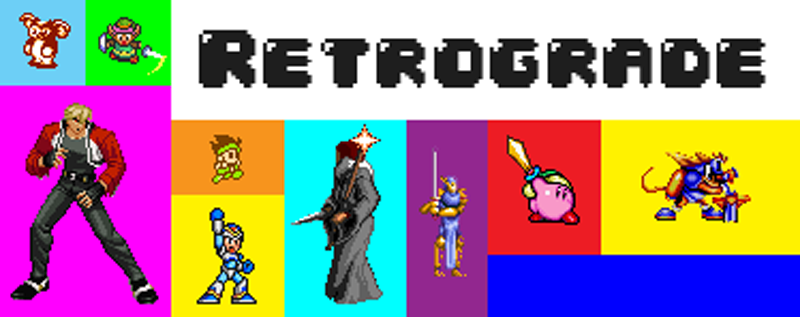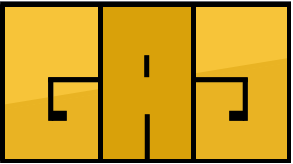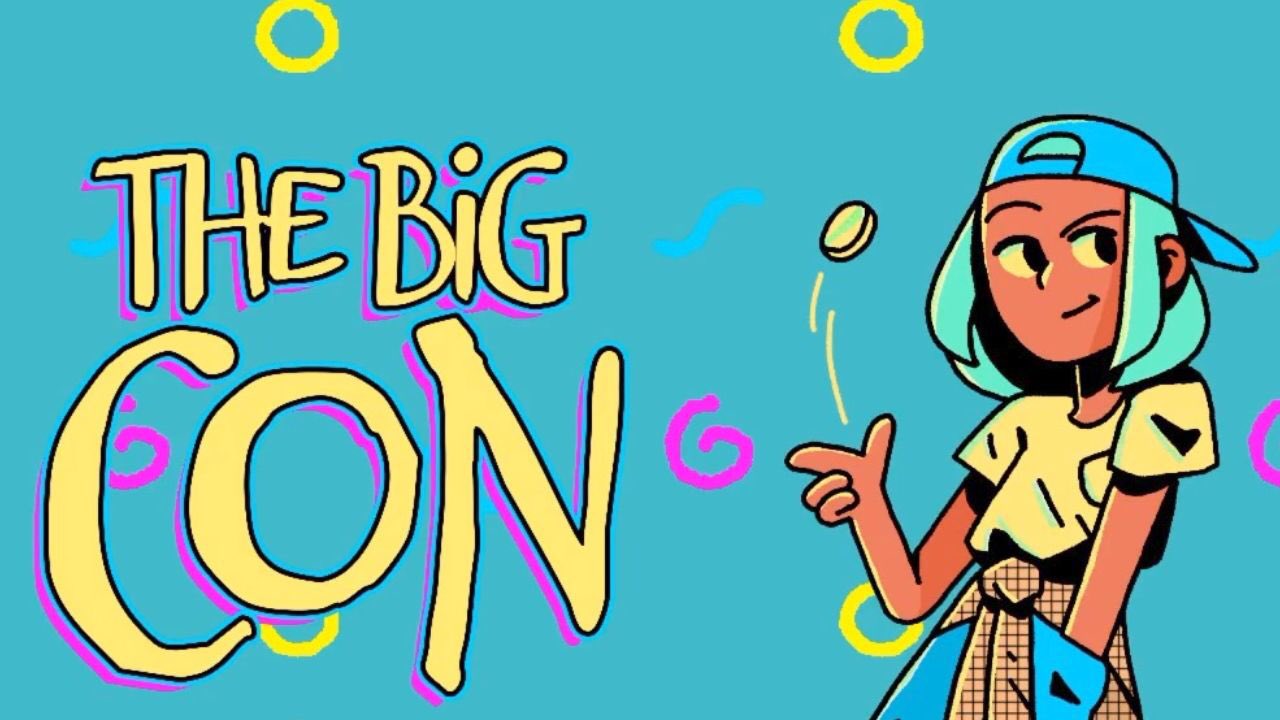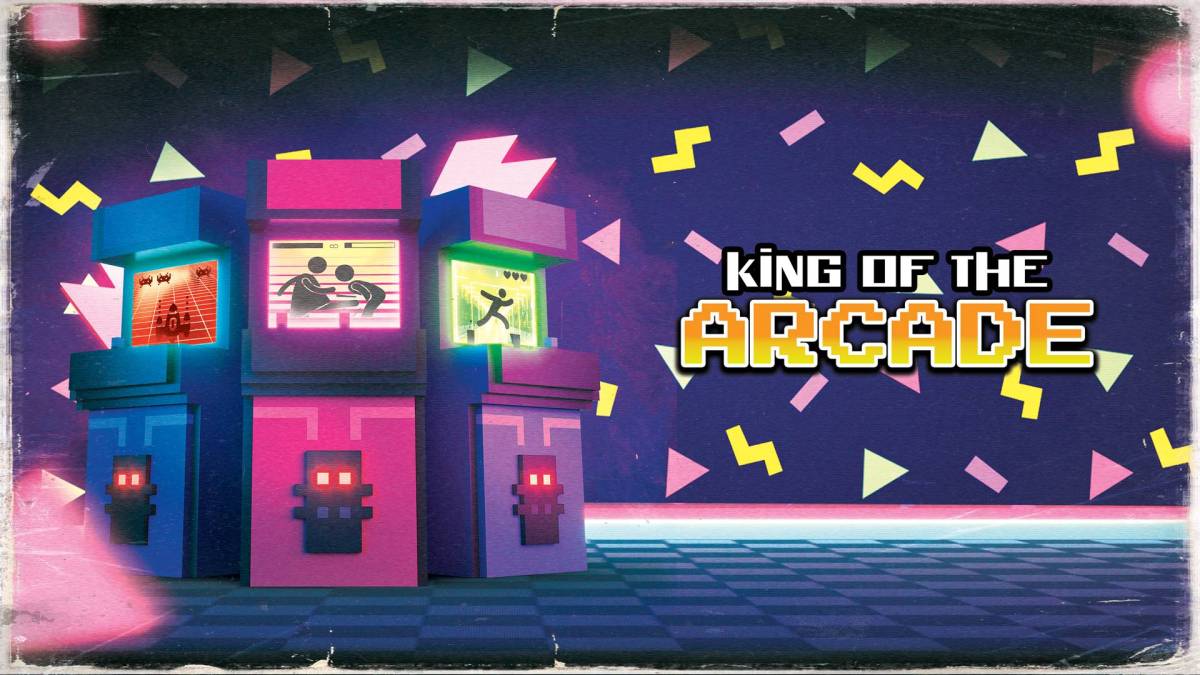

Platform: Nintendo DS
What’s important when you revisit a ten year old Pokémon game? There have been so many quality-of-life improvements over the years that going back to older games can feel a bit… rough. With that in mind, you might be wondering what on earth made me decide to plunge into Pokémon Platinum? Well, I got obsessed with it and fell off it after playing through Red, Blue, and Yellow twice. It would be years until I picked it back up. Even then, I picked up Pearl and just sort of bounced off it. It wouldn’t be until I played Pokémon X that I finally was reeled back in for good. Finally, I decided to go back and see what I had missed out on with the fourth generation of Pokémon.
As it turns out, I missed out on the introduction of one of my favorite Pokémon, Piplup. I mean, look at this little guy. Clearly I had found my starter and a constant companion for my trip through Sinnoh.

I won’t bore you with the basics. At this point, you should be familiar with them. It’s the variety of Pokémon that you can catch, how it feels to play, and what there is to do after the main story is over that interested me. And really, with Platinum turning ten years old a few months ago, I wanted to see just how worthwhile it is to go back to with all the other options available these days.
Let’s start off with the Pokémon you can catch. There’s a fair amount available to catch right out of the box. There were even more Pokémon available to you if you bring over your collection utilizing the GBA slot on a DS or DS Lite (hope you held onto one). Odds are there’s not a whole lot of you out there who were planning on doing that that haven’t already, so how useful this feature is these days is rather minimal.
With the fourth generation, we hit 488 total Pokémon and, I have to admit, a lot of them feel largely forgettable. The starters, Turtwig, Chimchar, and Piplup, are memorable (Piplup is one of my favorites period), but I’m really having a hard time remembering which others were unique to this generation beyond the Legendary and Mythical ones. I would see one pop up and think “oh, neat” and then smack it down with whatever Pokémon I had at the head of my party.

Bringing Articuno, Moltres, and Zapdos in certainly makes the game more appealing, as these three can prove a bit of a pain to get a hold of in the main games. Having those three, along with Uxie, Mesprit, Azelf, Dialga, Palkia, Manaphy, and Giratina available makes this game a good one-stop-shop for Mythical and Legendary Pokémon. It’s also where Rhyperior, Magmortar, Electivire, Porygon-Z, and other evolutions of previous generation Pokémon were introduced. The total amount of Pokémon available isn’t particularly impressive, but having this many tougher-to-get Pokémon available in one game is a big plus for people who have interest in going back and, ahem, catching ‘em all.
While the Pokémon you can catch might make it worthwhile to go back to, you have to keep in mind the steps necessary if you want to bring them to any of the 3DS versions. I won’t go step-by-step on the process (you can check out this guide if you’re dying to see), but I’ll give you a quick overview on it. First, you’ll need another DS or 3DS and a copy of Pokémon Black, Pokémon White, Pokémon Black 2, or Pokémon White 2. This is a one-way trip, so don’t get rid of any of them you aren’t ready to. Once you get your Pokémon in one of those, you can move them to the Pokémon Bank, which will hold your Pokémon in an online storage system for $5 a year. From there, you can move them to any of the 3DS versions. If you move them to Pokémon X, Pokémon Y, Pokémon Alpha Sapphire, or Pokémon Omega Ruby, you can put them back in the bank and use them in any of these games. Once you move them to Pokémon Sun, Moon, Ultra Sun, or Ultra Moon, it’s a one-way deal. Complicated enough for you? If it doesn’t seem like too much of a hassle, that’s how you do it. It’s doable, but certainly not the smoothest of processes.
The actual play of Pokémon Platinum is a little rough to go back to. Movement speed is slow, even with the damn running shoes. Moving with a bike is brisk, but it takes quite a while to get one. Even the HP bar goes down rather slowly, taking around four and a half seconds to go down from full to faint unless you use a move that’s Super Effective, in which case it’ll go down more quickly. If the bar had went down at that pace to begin with, I think it would have made the battles feel less slow. With that and the text not moving particularly quickly, it makes them drag out a bit when you’re grinding.

I don’t know exactly when so many navigational obstacles were introduced, but even having one HM slave won’t be enough, as there are a total of eight HM’s in Platinum. I forgot how annoying this feature was after the last three releases found ways around it while still having the obstacles themselves in. As near as I can tell, the fourth generation (including HeartGold and SoulSilver) has the most egregious amount of HM’s to work around. These and the aforementioned speed and menu issues really hurt the pacing.
Throw in only being able to have one Key Item assigned to a button and you’re looking at flipping in and out of menus that are not nearly as streamlined and easy to use as they are in later games. Truth be told, I found myself not even bothering with ever going through them and just kept the bike as my assigned Key Item. The best Pokémon games do a good job of making you forget just how frequently you’re bouncing in and out of menus, whereas Pokémon Platinum kept me out of the them with just how much of an annoyance getting into and navigating them was.
Pokémon Platinum falls in a weird zone. I can forgive those issues on the Game Boy iterations because of the hardware and how relatively new the franchise was back then. Being on the DS, it feels like it should be right there with the 3DS entries, but that might not be an entirely fair judgement. Still, I’m looking at this as something that might or might not be worth going back to, so the need to call out issues like these is there. This isn’t a game you can plow through in a sitting or even a lazy weekend. You’ll spend a few dozen hours going through it, so I tend to be less forgiving of these issues when the game is a substantial investment in time.

As far as post-game stuff, there’s a fair amount of things to do. You can catch all the Legendary and Mythical Pokémon that are in the game, which, as I mentioned earlier, is a fairly substantial amount. It would be nice to be able to bring up these Pokémon to games further down the line if you’re lacking them. The Battle Frontier could keep you busy for a long, long time. You can go challenge the Elite Four again to level up your teams, earn some ribbons for different Pokémon, and earn some more money if you’re looking for a more standard challenge. Finally, you can get even more ribbons for you Pokémon by entering them in Visual Competitions. If you’re looking to have some Pokémon brought forward that have a history, earning these ribbons is a nice, if not totally superficial, way of having a sense of attachment to your Pokémon.
As it turns out, Pokémon Platinum was probably the ideal way to get me reeled back in when it was contemporary, but with other, more friendly versions out there for the 3DS that have even more Pokémon available to catch, both old and new, it’s tough to recommend it. It’s certainly not a bad entry in the series. It just feels tough to go back with it looking like a more modern Pokémon game. You can look at it as a bridge from the Game Boy and Game Boy Advance entries to the later DS and 3DS games because it’s exactly that. It doesn’t look “retro” enough to forgive a lot of things you can forgive the Game Boy entries, but having the dual screens there makes it hard to not think of what’s further down the road.





